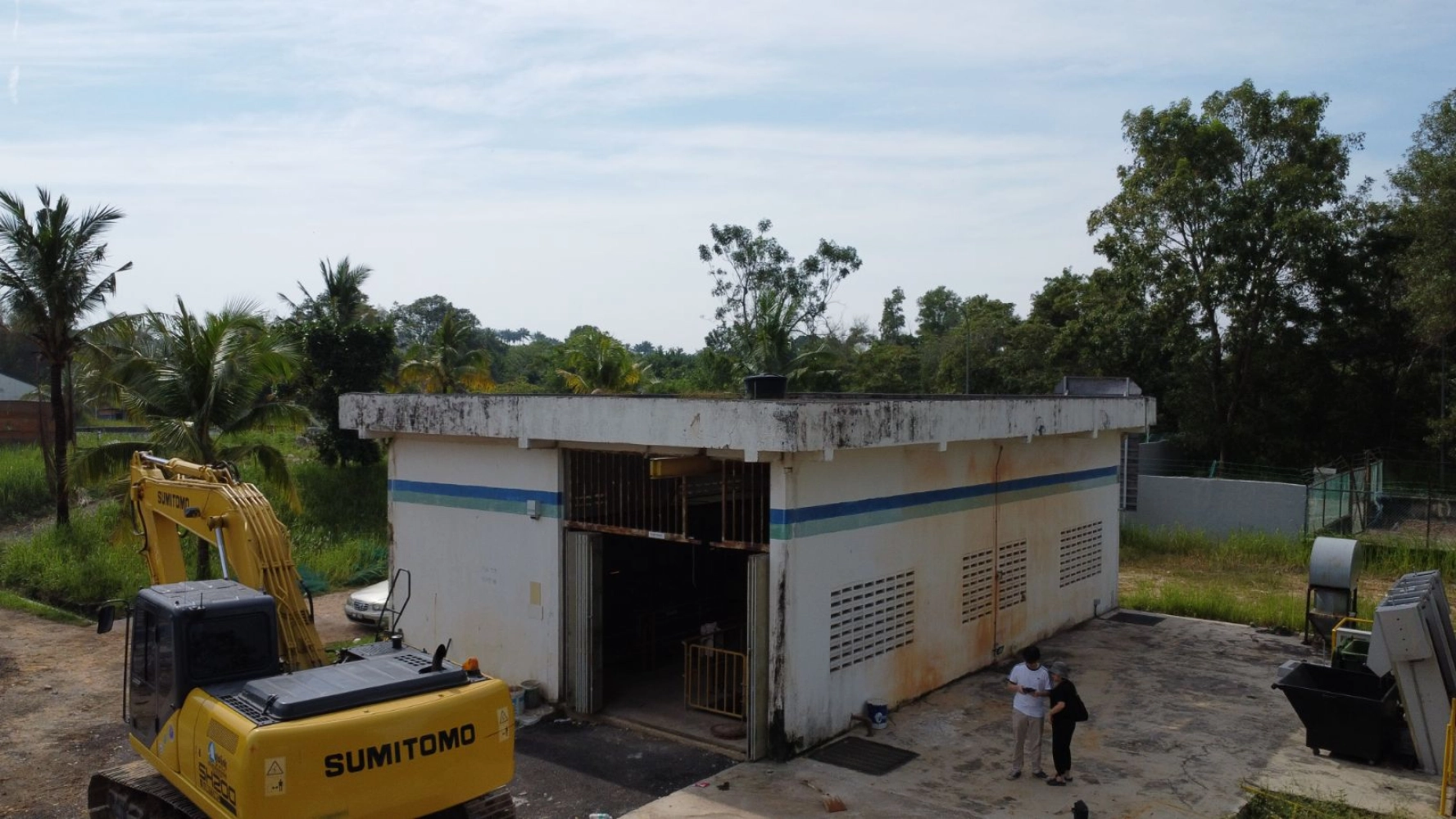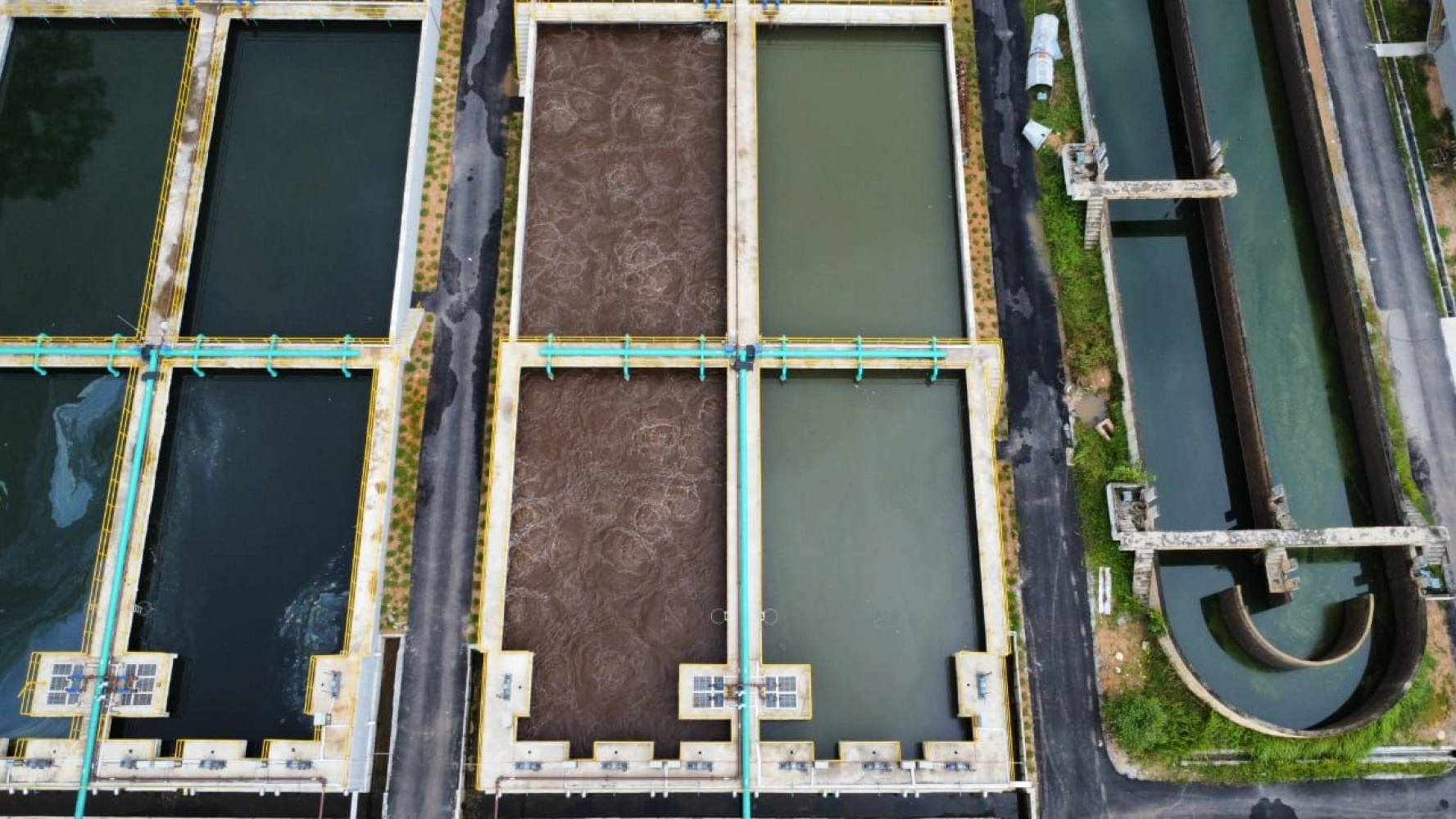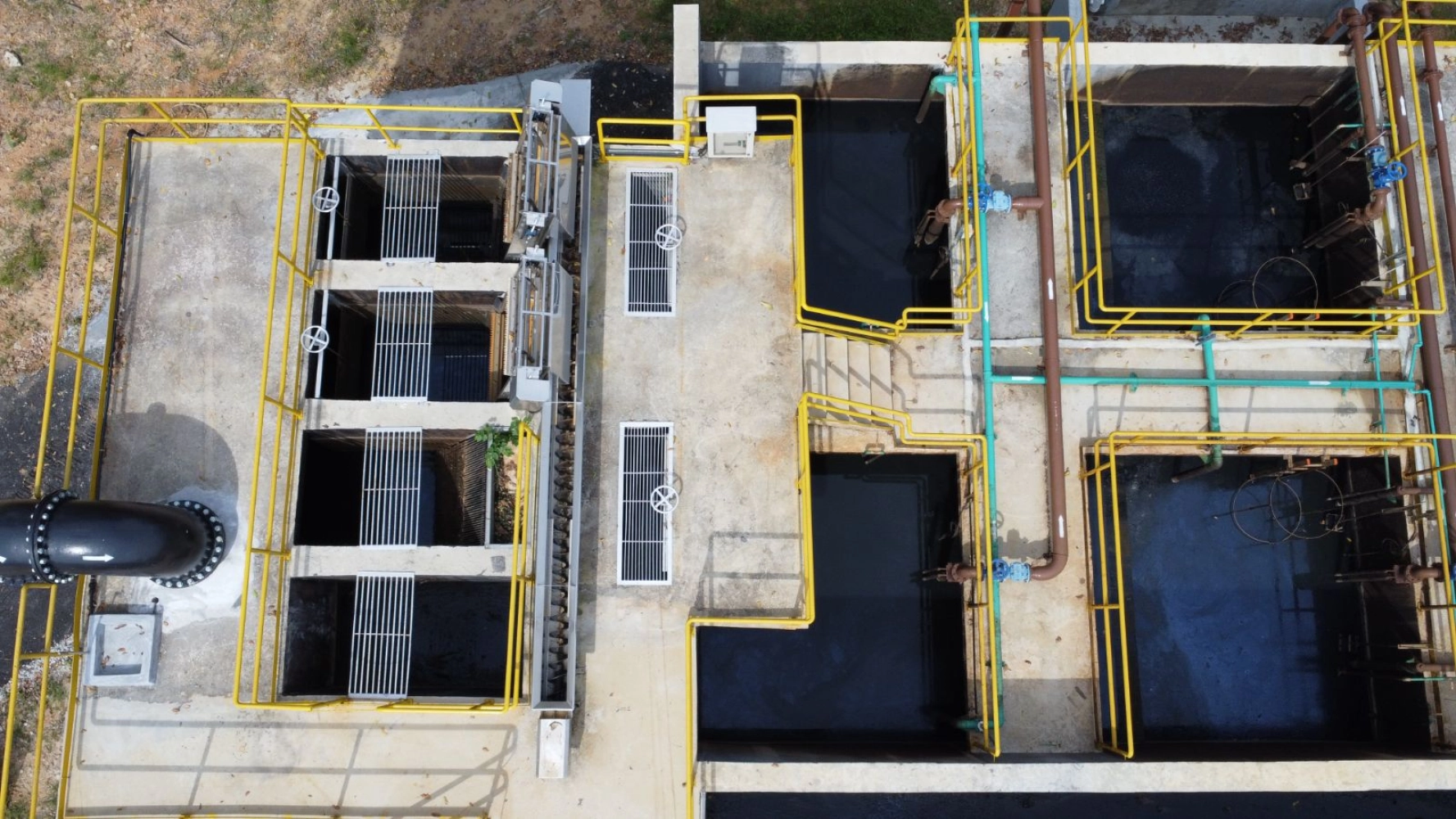Pipe Jacking Works
About Pipe Jacking
Pipe jacking is a specific trenchless pipeline installation technique. It's often used in conjunction with other trenchless methods such as horizontal auger boring and microtunneling. The jacking process is utilized to push a pipe into a prepared borehole.
In a typical pipe jacking operation, the product pipe or casing is propelled using jacks located in the drive or launch shaft to the reception shaft. The jacking force is conducted through the pipe to the excavation face. Workers are required to assist in excavating as well as removing the excavated spoil in the pipe jacking process. This mandates the minimum pipe diameter for installation to be 42 inches, with a jacking shield at the excavation face to protect those working inside.
The pipe jacking method is a very slow process compared to other trenchless methods. However, it creates accurate alignment and grade in any type of subsurface soil condition, provided appropriate equipment is available. The accuracy of alignment is achieved even with minimum steering capability and is possible to within one inch of proposed line and grade.
Pipe jacking is capable of boring through any type of subsurface soil condition with adequate precaution and appropriate equipment, but works best in consistent granular and cohesive soils. Unlimited pipe lengths can be installed using this method by using intermediate jacking stations at intervals along the pipe length. This allows pipe jacking to be conducted in sections than at a stretch. Pipe diameter is limited to 42 inches and greater; for longer installations, the minimum recommended size is 48 inches.
The pipe jacking process essentially involves jacking or pushing the casing or pipe into the ground, as the soil within the pipe is excavated either manually or by mechanical means such as augers. The setup is similar to that of auger boring with bore pits excavated at the beginning and end of the proposed bore. The jacking pit is equipped with a thrust block and a jacking frame to support pipe and equipment to correct grade. To prevent ingress of water at excavation carried out below the water table, a headwall and seal assembly is incorporated into the jacking and reception shaft
.jpeg)


Make Appointment






